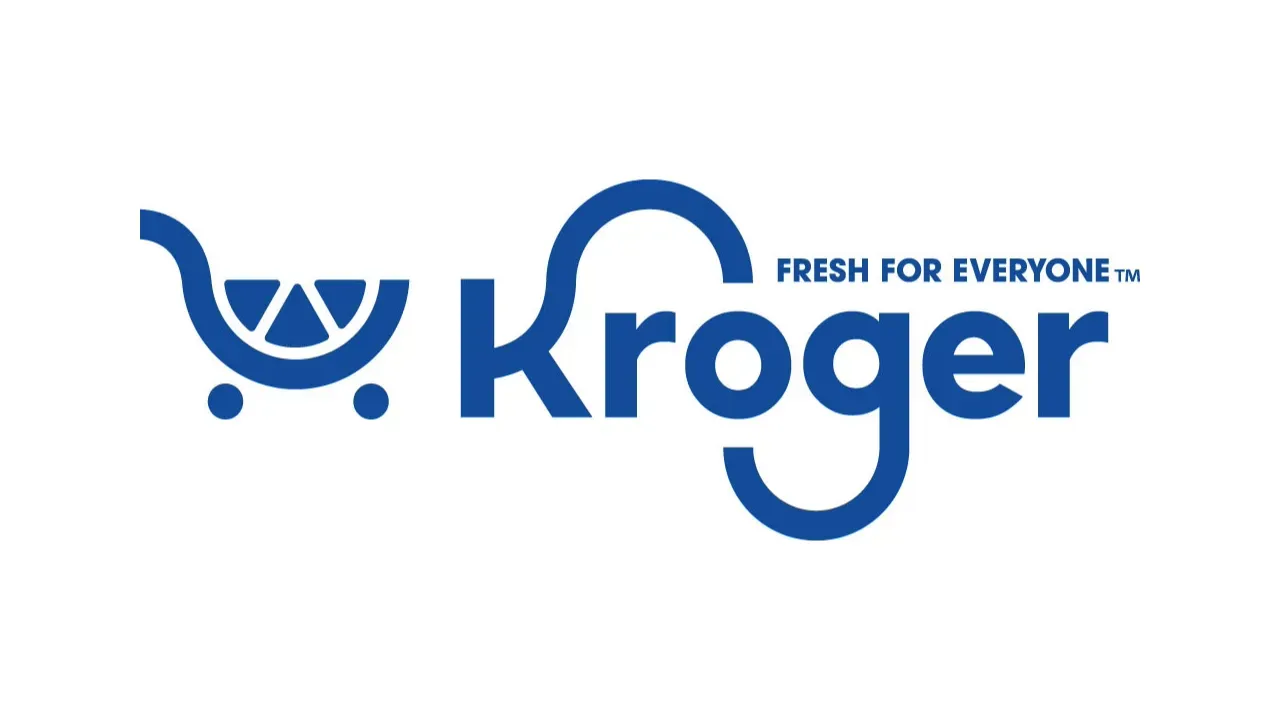CHICAGO — Annual spending per consumer has increased to $10,471, up $440 versus a year ago, according to Circana, formerly IRI and The NPD Group. Leveraging consumer purchase data across the CPG, foodservice and general merchandise sectors, new Circana research provides the first-of-its-kind, comprehensive view into the complete wallet, offering 360-degree insights into spending patterns and the trade-offs consumers make both at-home and away-from-home.
To offset rising costs, consumers are spending less on products that were popular during the height of the pandemic, such as technology, liquor and home care, and more on dining out and necessities like in-home food and beverage and pet care. However, trade-offs vary widely among consumer segments as shoppers prioritize their unique needs.
“In a rapidly evolving marketplace, it can be difficult to gain a complete picture of consumer behavior,” said Michelle Bennett, executive vice president, Consumer and Shopper Insights, Circana. “Complete Wallet will provide not only a holistic view of the total consumer, but rich insights into how specific consumer groups shop and the differences between cohorts. This enables brands and retailers to uncover new opportunities based on trends outside their categories and make critical decisions to drive growth.”
Key findings from Circana’s research include:
- Millennials are focusing on themselves and putting the pandemic behind them as they spend more on food, dining out, tobacco and e-cigarettes, and the convenience and drug channels. Their spending has decreased on technology, home textiles and office supplies.
- Gen Z consumers don’t spend as much money eating out, but they have an affinity for delivery services and are leading the pack when it comes to ordering foodservice online.
- Hispanic shoppers have largely reverted back to their pre-pandemic purchasing habits, spending more on beauty, footwear and automotive and less on team sports, alcohol and home improvement. They also spend 17% more than average on foodservice.
- High-income households are driving growth for the health and vitamin channels, and indulging in beauty products, accessories, handbags and auto care, and spending less on video games and sports equipment.
- Low-income SNAP shoppers have pulled back on discretionary spending, reducing spend on non-food items at over 3x the rate of food and beverage.
“In today’s complex consumer landscape, it’s essential to meet shoppers where their needs are, identify high opportunity households and pinpoint where they live and shop,” said Patty Altman, executive vice president, Consumer and Shopper Insights, Circana. “With data across 29 industries, Complete Wallet will provide critical insights with more depth and breadth than ever before, quantifying the true value of cross-industry expansion to build sales, awareness and loyalty.”
Circana’s research leverages scan panel and receipt panel data to provide a precise, omni view of the consumer’s wallet, with insights into consumer buying behavior in-store, online and on premise.










